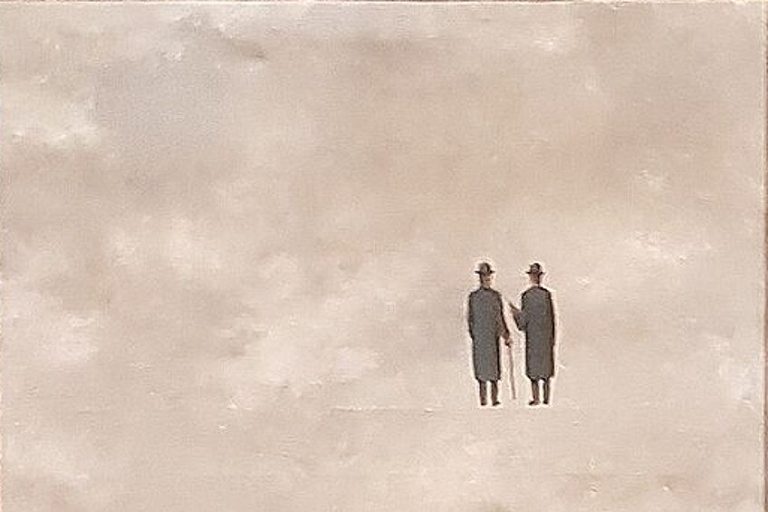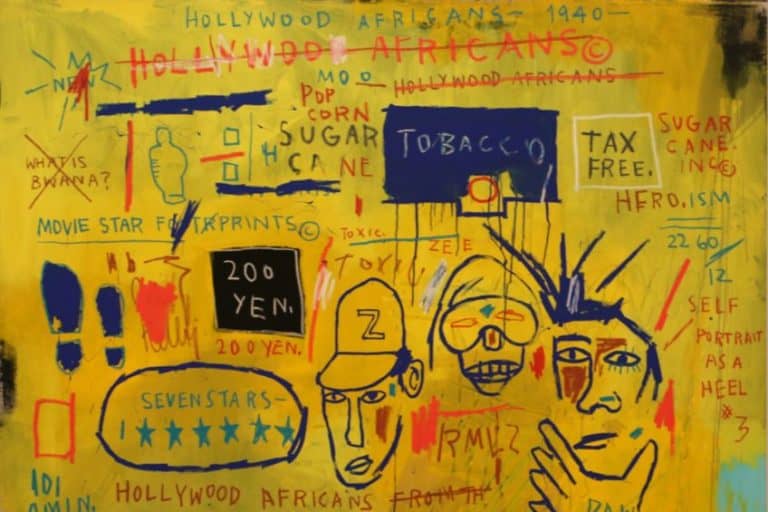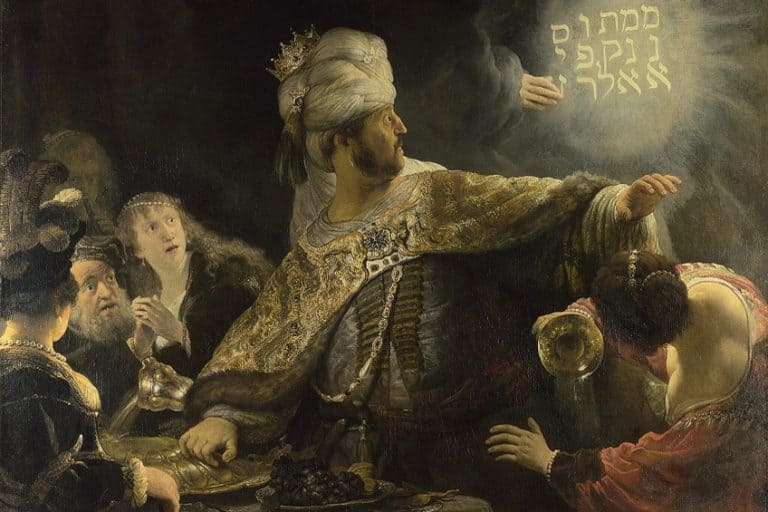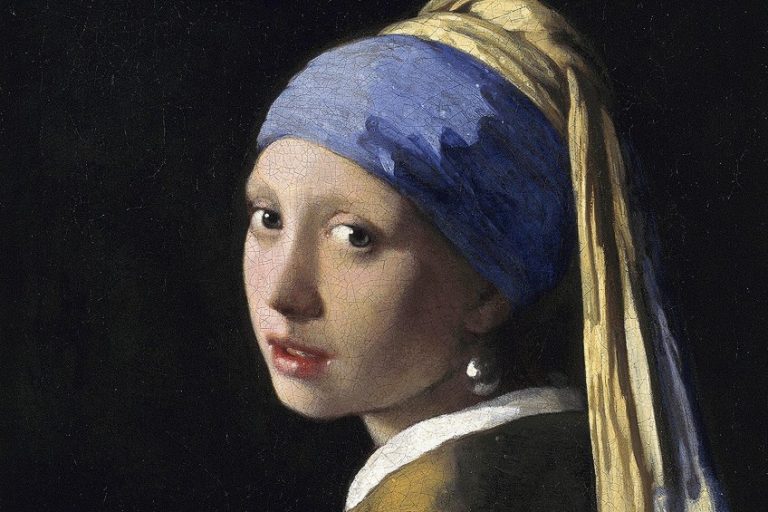Picasso Portraits – Famous Cubist Portraits by Picasso
Pablo Picasso is surely one of the most renowned modern artists in the world, famous for his distinctive style. Yet, his style has changed over time, and the many various Picasso portraits he produced reflect those changes in style. From his earlier more life-like works to his Cubist portraits, we can learn much about the artist’s development and progression by studying his portraiture. Join us today as we discover why Picasso’s portraits are so significant to art history.
The Development of Pablo Picasso’s Portraits
The renowned Spanish painter, Pablo Picasso, is considered to be one of modern art’s most prolific individuals. While primarily known today for his Cubist portraits and still-lifes, he was skilled in many styles and mediums, including drawing, painting, collage, and sculpting. Although he was born in Spain, the artist spent a great deal of his life in France. His talents were recognized from a very young age and at age 13, he entered Barcelona’s School of Fine Arts. His early artistic style was more naturalistic, and many people who only know his Cubist style are often considerably surprised at his ability to produce realistic artworks. Yet, he soon started to experiment with various styles and techniques that led him down a particularly unique journey through his various periods, eventually culminating in his Cubist style, and beyond.
The Various Periods of Picasso’s Portraits
Through the various periods that Picasso produced art, he consistently created portraits, particularly self-portraits. Therefore, his portraiture is an excellent genre to analyze if we wish to chronicle the development of his unique style through the years. We are able to see how he approached the very same subject matter in different ways as he explored various techniques and styles throughout his lifetime.
In this article, we will explore the significant periods of his artistic development and how they impacted the aesthetic of Picasso’s portraits.
The Blue Period (1901 – 1904)
As you can most likely deduce from the name of this period, the artist was predominately preoccupied with the various tones of the color blue during this phase of his development. Picasso’s life was marked by significant despair and depression throughout this period, which is illustrated in the melancholy and subdued tone of his artwork. The tone of this period is widely attributed to Picasso’s sense of loss following his friend’s suicide, and the subsequent depression he experienced. Poverty, sadness, and loneliness are common themes in artworks from the Blue Period. Many of them portray individuals who are poor, ill, or suffering in some way. These figures are usually rendered distorted and elongated, which Picasso used as a way of expressing emotions through forms.
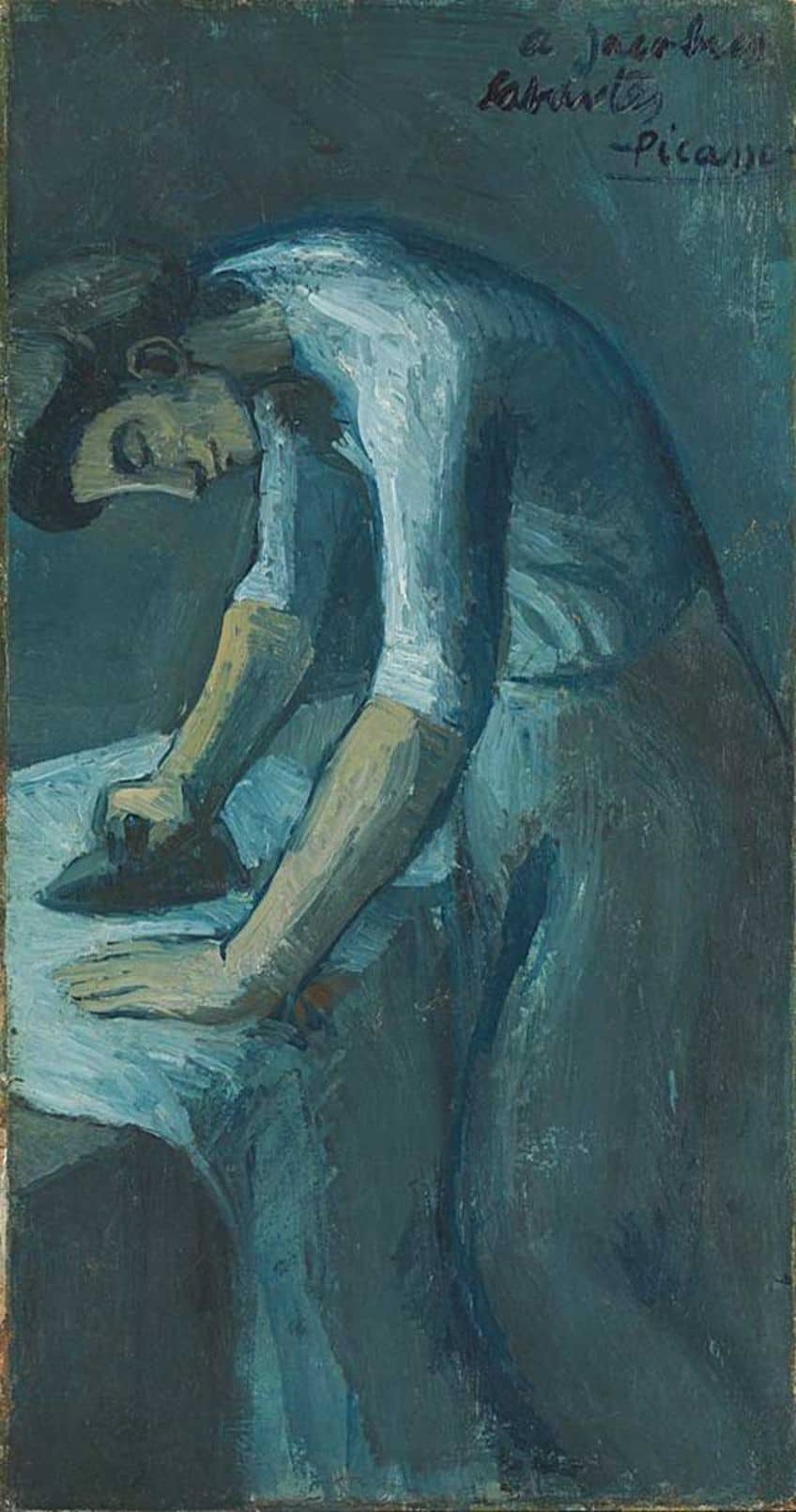
Blue Period Picasso Portraits
The Picasso portraits from the Blue Period are characterized by their use of the color blue and the emotional intensity of the subject matter. They are recognized as some of the artist’s most significant artworks and provide insight into Picasso’s mental and emotional state during a particularly challenging period. Perhaps one of the most renowned of Picasso’s portraits is The Old Guitarist (1903), in which a blind musician is portrayed, hunched over his guitar.
Other important portraits from this period include a portrait of a harlequin that exudes a sense of loneliness and alienation, Seated Harlequin (1901), as well as the more maternal Mother and Child (1901).
The Rose Period (1904 – 1906)
During this time, Picasso started to include warmer colors in his artworks, moving away from the melancholy, blue tones of the previous period. This period is distinguished by a more upbeat and joyful attitude, focusing on acrobats, circus performers, and harlequins. This period’s artworks typically include a combination of pink, orange, and red tones, producing a warm and playful atmosphere. His experimentation during this period is evident in his incorporation of elements of primitivism. This period is also distinguished by the use of lighter, more open compositions. Many of Picasso’s artworks from this time period include large expanses and bold brushstrokes, giving the pieces a feeling of movement and vitality.
Rose Period Picasso Portraits
Picasso created numerous notable portraits during this period too, which are regarded as some of his most colorful and exuberant paintings. One of the most renowned Picasso portraits from this specific period is Boy with a Pipe (1905), which the artist produced shortly after settling in Montmartre in Paris at the age of 24. Another significant portrait from this period in Picasso’s artistic progression was the Portrait of Gertrude Stein (1906).
This image represents Gertrude Stein, an art collector and noted writer who was also Picasso’s personal friend and supporter. She is portrayed in pink and orange tones, creating a warm and intimate atmosphere.
Analytic Cubism Period (1907 – 1912)
During this period, Picasso collaborated with Georges Braque to lay the groundwork for the Cubist movement. Their artworks were produced in more earthy tones. Deconstructed objects with intricate geometric shapes are depicted in these works. During this time, Picasso’s artwork mirrored these ideas and was influenced by the angular African art he saw in an exhibition at the Palais de Trocadero and an African mask held by Henri Matisse. Works developed during this time period were frequently monochromatic and primarily reliant on geometric forms such as cubes and triangles.
Analytic Cubism Period Picasso Portraits
Picasso created numerous important portraits during his Analytic Cubism period, which are considered among the most significant paintings of the Cubist movement. One of the most notable portraits from this period would be the Portrait of Daniel-Henry Kahnweiler (1910) in which Picasso portrays Daniel-Henry Kahnweiler, the art collector who was also an early supporter of Cubism. Kahnwieler has been turned into geometric forms and surfaces, creating a fragmented and abstract effect.
He returns to the subject of a man holding a guitar in Man with a Guitar (1912), but it is here that we can see how the same subject matter is treated in a completely different way, and the guitarist’s face was broken down into angular and sharp features.
Synthetic Cubism Period (1912 – 1919)
During this period, Picasso’s work remained in the Cubist style, but the artist included a new art form, collage, into several of his works. Newspaper clippings, sheet music, and wallpaper were among the collaged items used by Cubist painters. This resulted in a more ornamental and textured surface, as well as a broader spectrum of textures and colors. While Analytic Cubism concentrated on disassembling figures and objects and then reassembling them in abstract forms, Synthetic Cubism started to bring more recognizable forms into their artworks. These forms were typically abstracted and fragmented, although they were far more easily recognized by viewers than Analytic Cubism’s abstracted forms.
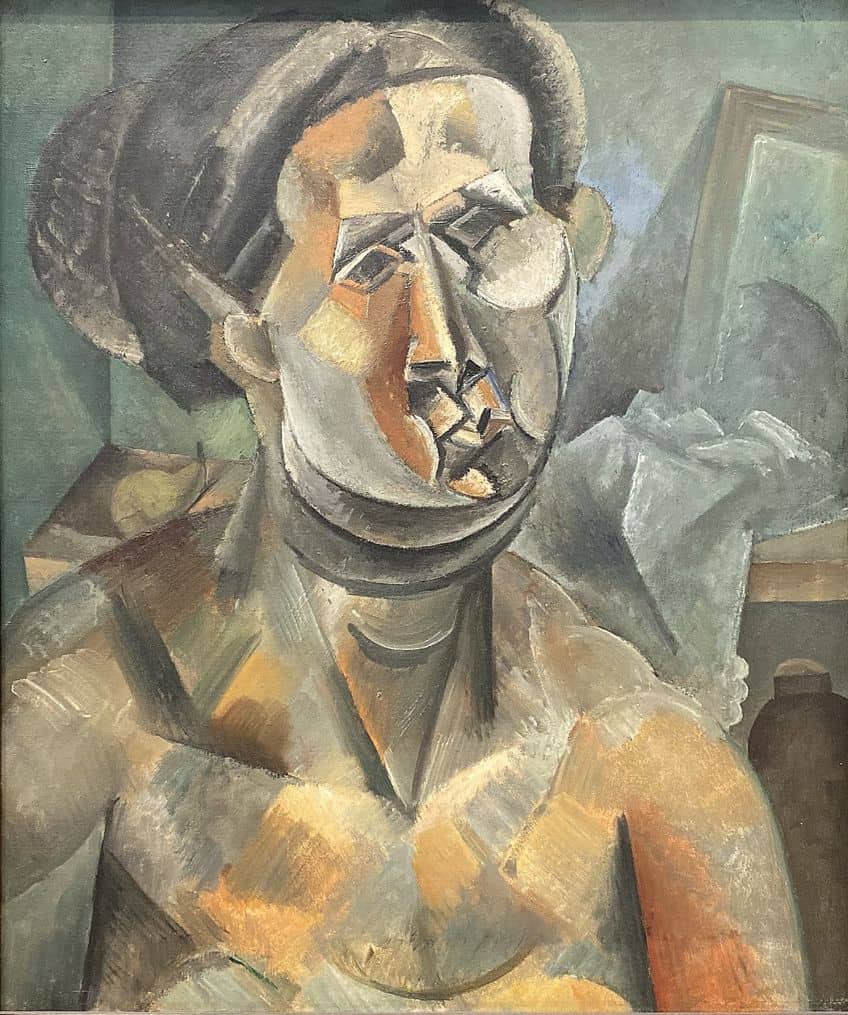
Synthetic Cubism Period Picasso Portraits
Picasso continued to produce notable Cubist portraits during this shift from Analytical to Synthetic Cubism. One of the most renowned Cubist portraits from this period is Ma Jolie (1914). It represents Picasso’s muse and girlfriend, Eva Gouel, with a fractured, abstract face made out of geometric patterns and bright colors. Sheet music and newspaper are among the collaged objects visible in the background. Another of Picasso’s Cubist portraits from this period is Head of a Woman (1912).
It depicts a woman’s head in a highly abstract manner, with broken overlapping color planes and a beautiful backdrop of collaged materials.
Neoclassicism and Surrealism Period (1919 – 1929)
This period, which lasted from 1919 until 1929, saw a dramatic shift in Picasso’s style. Following his first trip to Italy and the end of the First World War, his works emphasized the restoration of a sense of order in his art, and his neoclassical works stand in sharp contrast to his earlier Cubist artworks. Yet, when the French Surrealist Movement flourished in the mid-1920s, he started to reintroduce his fondness for Primitivism in Surrealist-influenced works. It just goes to show that Picasso never rested on any stylistic formula, and was always in search of new forms of expression.
Neoclassicism and Surrealism Period Picasso Portraits
Picasso created a number of famous portraits between 1919 and 1929, throughout his Neoclassical and Surrealist periods. His constant experimentation with diverse styles and techniques is evident in these portraits. An example of a Neoclassical style portrait produced in this era would be Olga Khokhlova in a Mantilla (1923). Picasso’s first wife, Olga Khokhlova, is depicted in this portrait in a Neoclassical manner which reminds many of the styles of ancient Greco-Roman sculptures. She is highly stylized, with a focus on classical proportions and clean lines.
When it comes to his Surrealist period, then a good example of his portraiture would be The Weeping Woman (1937), which shows a twisted and disjointed depiction of a woman’s face.
Picasso’s Unique Style
Picasso is most known for his pioneering work in the Cubist movement, and this is well-represented in his portraiture. The way in which Picasso viewed and depicted the world around him significantly impacted early 20th-century painting. Picasso’s approach is represented in his portraits through his use of abstract shapes and broken surfaces to portray his figures. He showed faces from various angles at once, as though they were seen from many perspectives at the same time. This technique, called “faceting,” adds movement and vitality to a composition. Picasso also used color to convey a sense of energy and vigor in his Rose period portraits, employing vibrant, contrasting tones. He sometimes employed flat planes of color, instead of more typical shading, to convey the features of his subjects, emphasizing the abstract nature of his work.
Legacy and Impact
Pablo Picasso, one of the most influential artists of the previous century, blended styles to create entirely new interpretations of what he observed. He was a major factor in the evolution of the Cubism movement, elevating collage art to the same level as fine art. He followed his unique artistic vision as it led him to cutting-edge developments in his field with courage unencumbered by tradition or fear of ostracism.
Similarly, his never-ending search for passion in his numerous love liaisons throughout his life motivated him to create countless sculptures, paintings, and etchings.
Continued Influence on Portraiture
Many modern artists incorporate Picasso’s distinct use of color, abstract shapes, and fractured compositions into their own artwork. Picasso’s impact on contemporary portraiture may be observed in the now-prominent use of multiple perspectives to depict the subject. Originally pioneered by Picasso in his Cubist portraits, this approach has been embraced by many modern painters as a means of conveying the complexities of the human experience. Picasso’s impact is also visible in how contemporary painters treat the human figure.
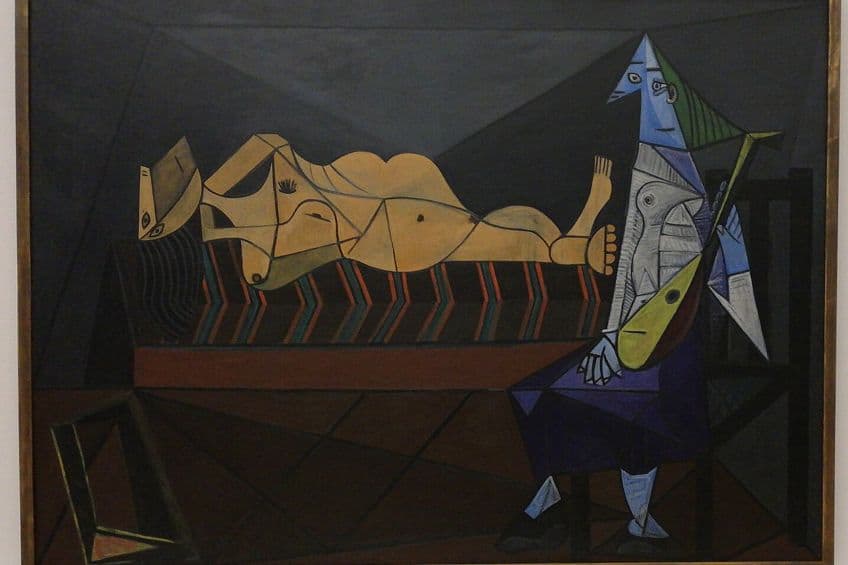
Many modern painters strive to reflect the human figure in novel and unexpected ways, experimenting with various stances, angles, and proportions to create a feeling of movement and life as Picasso had done. There are numerous artists whose work displays Picasso’s influence. Hockney is a British painter well recognized for his colorful portraits with multiple viewpoints and fragmentation. His artwork has been likened to Picasso’s cubist portraiture, especially in terms of brilliant color and complicated arrangements. Other notable artists who were clearly influenced by Picasso’s portraits are Elizabeth Peyton, George Condo, and Cecily Brown.
As we have discovered today, Picasso’s portraits are regarded as a very significant part of his overall oeuvre. Not only were his Cubist portraits groundbreaking at the time that they were produced, but they continue to influence artists today. His desire to constantly explore and experiment with innovative approaches meant that Picasso’s art was always pioneering and willing to break boundaries and set new benchmarks.
Frequently Asked Questions
Why Are Picasso’s Portraits Important to Understand?
Portraiture was a common genre that Picasso often painted in. Thanks to the prolific amount of portraits he made through the decades, we are able to see how his style changed and developed over time. While his first portraits were naturalistic, they became increasingly more abstract and geometric. At one stage, he returned to this naturalistic style during his Neoclassical period but then went on to explore Surrealism, where they once again became less true-to-life.
Which Contemporary Artists Were Influenced by Picasso’s Cubist Portraits?
Many artists who flourished after Picasso’s time were influenced by the style of his portraiture. This includes noted figures such as Cecily Brown, Kerry James Marshall, and David Hockney. They were all impacted by his use of color and the incorporation of multiple angles in a single piece.
Isabella studied at the University of Cape Town in South Africa and graduated with a Bachelor of Arts majoring in English Literature & Language and Psychology. Throughout her undergraduate years, she took Art History as an additional subject and absolutely loved it. Building on from her art history knowledge that began in high school, art has always been a particular area of fascination for her. From learning about artworks previously unknown to her, or sharpening her existing understanding of specific works, the ability to continue learning within this interesting sphere excites her greatly.
Her focal points of interest in art history encompass profiling specific artists and art movements, as it is these areas where she is able to really dig deep into the rich narrative of the art world. Additionally, she particularly enjoys exploring the different artistic styles of the 20th century, as well as the important impact that female artists have had on the development of art history.
Learn more about Isabella Meyer and the Art in Context Team.
Cite this Article
Isabella, Meyer, “Picasso Portraits – Famous Cubist Portraits by Picasso.” Art in Context. May 8, 2023. URL: https://artincontext.org/picasso-portraits/
Meyer, I. (2023, 8 May). Picasso Portraits – Famous Cubist Portraits by Picasso. Art in Context. https://artincontext.org/picasso-portraits/
Meyer, Isabella. “Picasso Portraits – Famous Cubist Portraits by Picasso.” Art in Context, May 8, 2023. https://artincontext.org/picasso-portraits/.




